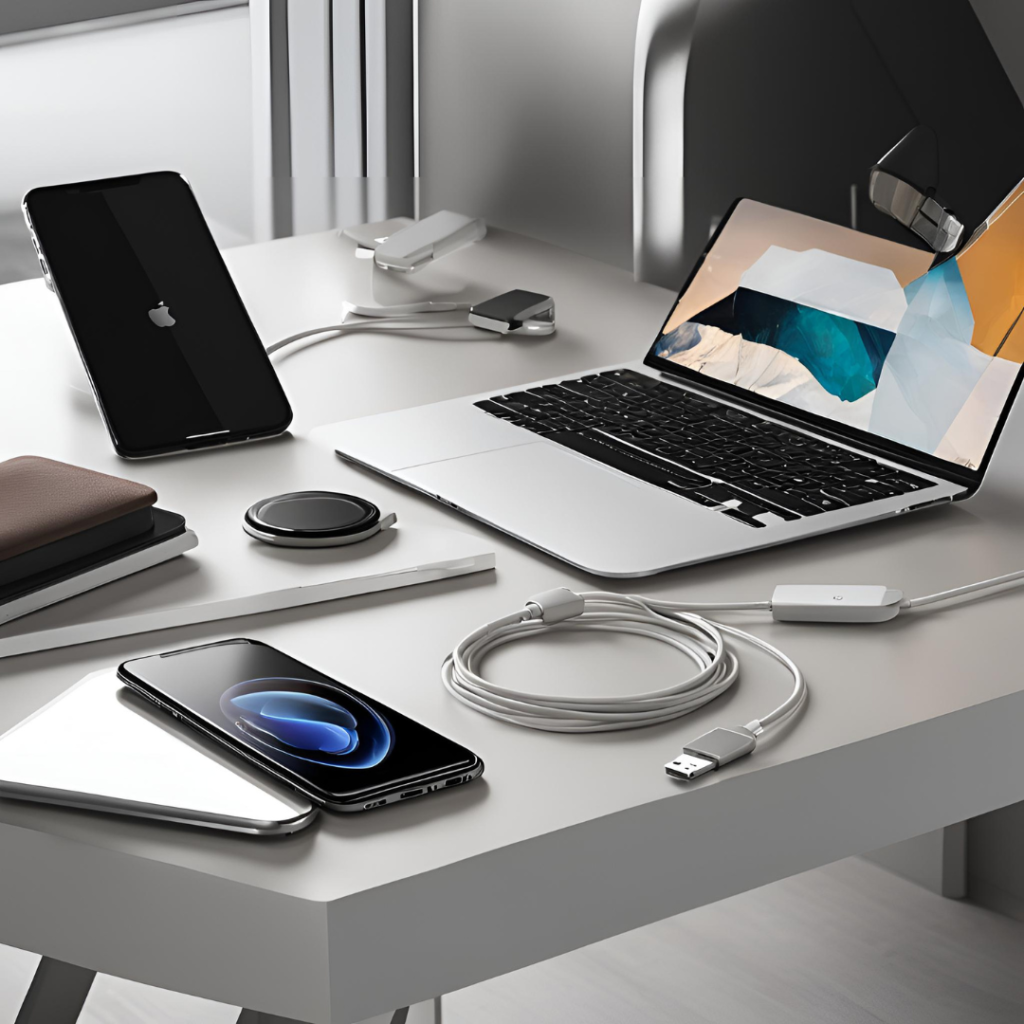
Our iPhone Cable Buying Guide is essential for choosing the best new iPhone cables for your needs. In today’s fast-paced world, keeping your devices charged and ready is crucial. These cables are more than just accessories; they are critical components that impact your device’s performance and longevity. This guide on iPhone cable buying provides comprehensive insights to help you make an informed decision for your next purchase.
An iPhone Cable Buying Guide: The Evolution of iPhone Cables
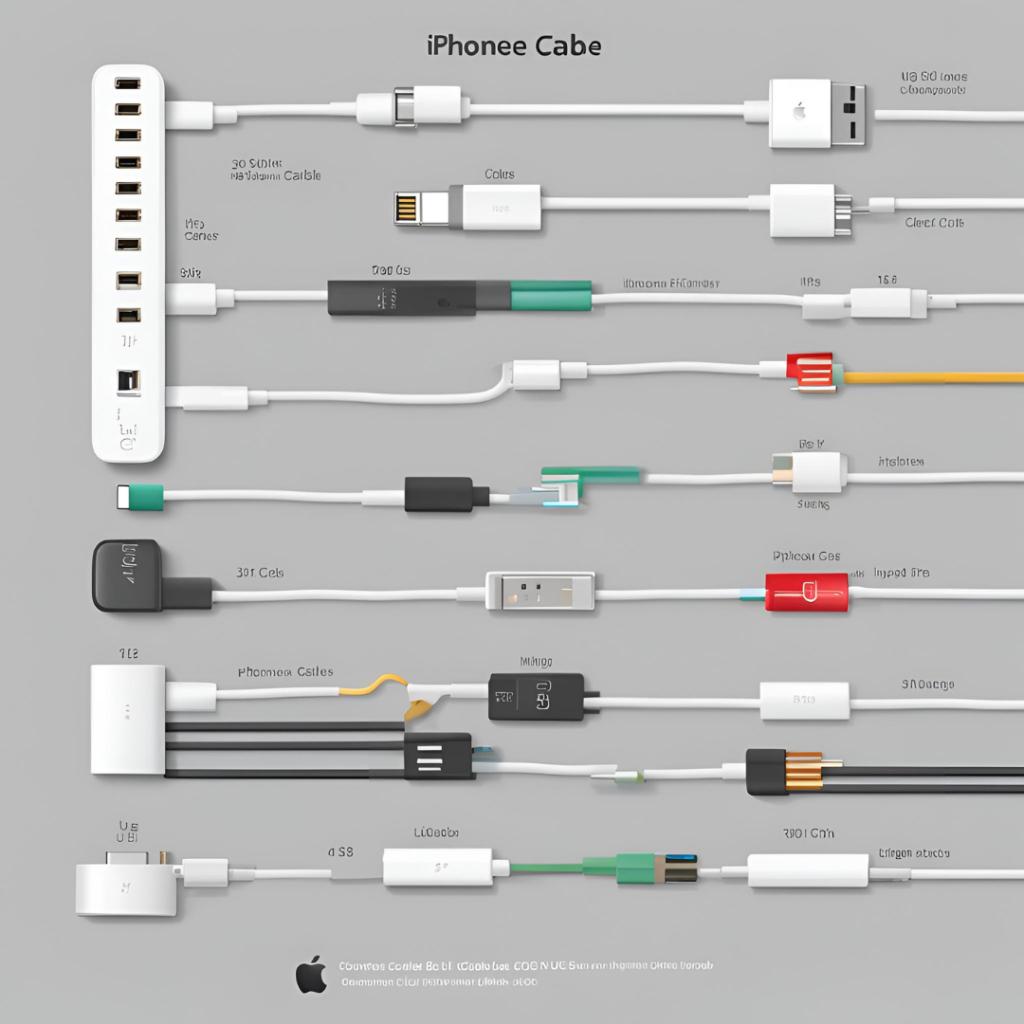
Understanding the evolution of iPhone cables is crucial when following our iPhone Cable Buying Guide. Apple initially introduced the 30-pin connector, later replacing it with the more efficient Lightning cable in 2012. Now, with the transition to USB-C, our iPhone Cable Buying Guide highlights the promise of faster charging and data transfer speeds. Staying informed about these advancements helps you choose the best cables and get the most out of your devices.
Key Features of New iPhone Cables
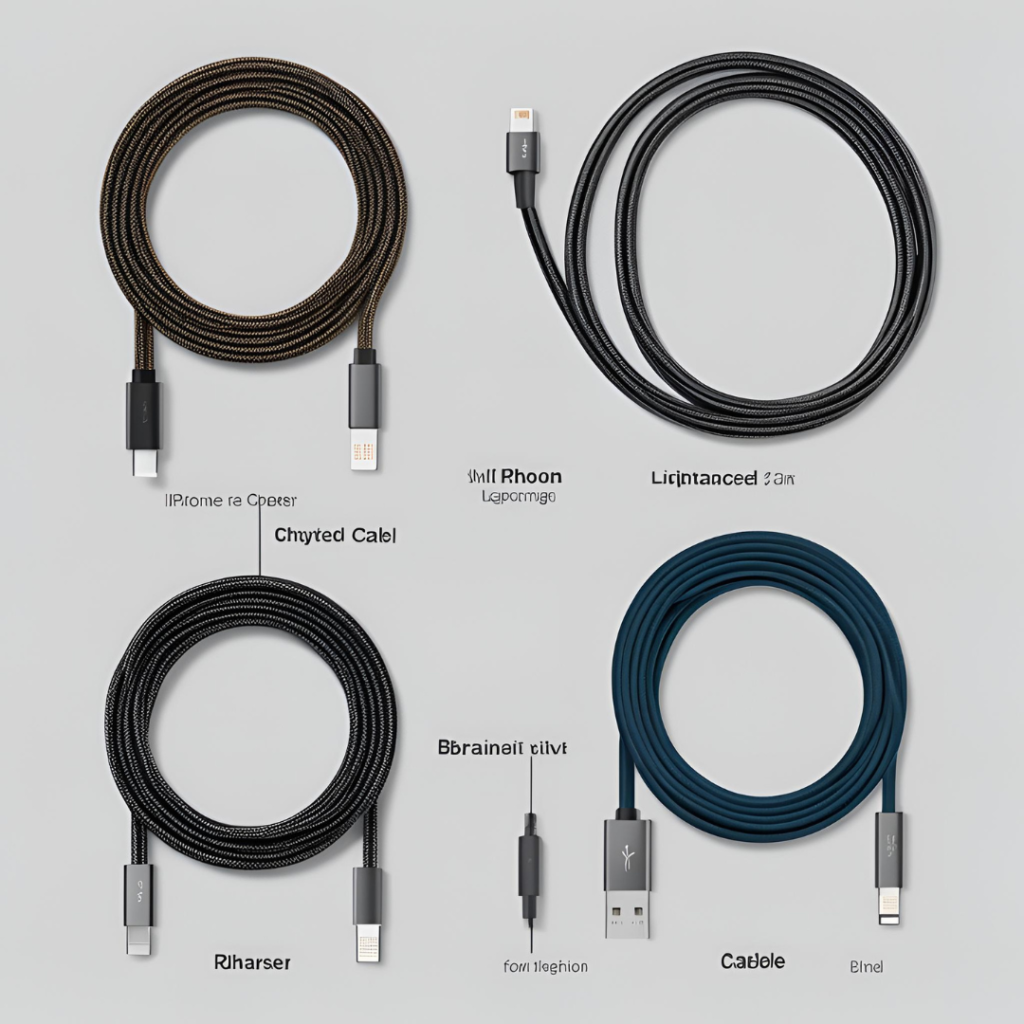
When considering new iPhone cables, several features stand out in our iPhone Cable Buying Guide. For instance, durability is a primary concern. We designed new cables with reinforced materials such as braided nylon to prevent fraying and breakage. Additionally, these cables often feature enhanced shielding to reduce interference and ensure a stable connection.
Moreover, length options have expanded. Our iPhone Cable Buying Guide notes that while the standard one-meter cable remains popular, longer cables of up to three meters are now available. This expansion provides greater flexibility for use in various settings. Transitioning to a longer cable, as recommended in our iPhone Cable Buying Guide, can significantly improve your user experience, especially in larger spaces.
Fast Charging Capabilities
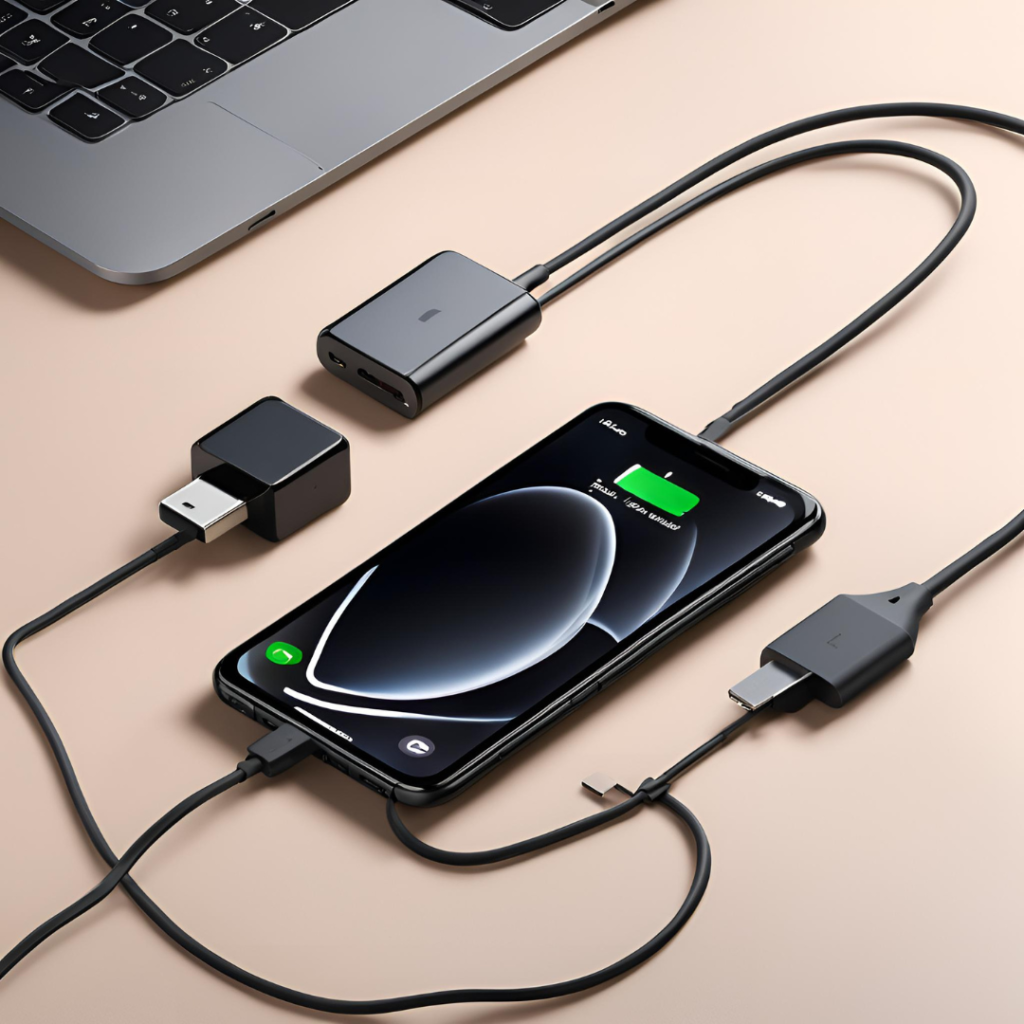
One of the most significant advancements in iPhone cables is their fast charging capabilities. With the introduction of USB-C to Lightning cables, users can now experience rapid charging speeds when paired with compatible power adapters. For instance, using a 20W USB-C power adapter can charge your iPhone to 50% in just 30 minutes. This feature is especially useful for those with busy schedules who need quick charging, as highlighted in the iPhone Cable Buying Guide.
The Evolution of iPhone Cables:Compatibility and Certification

However, not all cables are created equal when it comes to iPhone cable buying. Ensuring that your new iPhone cable is MFi (Made for iPhone) certified is essential. MFi certification guarantees that the cable meets Apple’s performance standards and is safe to use with your device. When iPhone cable buying, it’s crucial to avoid non-certified cables, as they can lead to slower charging speeds, potential damage to your iPhone, and even safety hazards.
Environmental Considerations in the iPhone Cable Buying Guide
Price vs. Value
When purchasing new iPhone cables, our iPhone Cable Buying Guide highlights that price is a significant consideration. Although cheaper, non-certified cables might seem like a good deal, they often lack the durability and performance of certified cables. We advise investing in a high-quality, MFi-certified cable to ensure you get the best value for your money in the long run.
Additionally, our iPhone Cable Buying Guide notes that these cables come with extended warranties and robust customer support. This added peace of mind means you can easily obtain a replacement or assistance if any issues arise, enhancing your overall experience and investment.
Popular Brands and Models
Several brands excel in offering high-quality iPhone cables. For instance, Anker, Belkin, and Native Union are known for their durable and reliable options. Exploring these brands can help you find the perfect cable to meet your specific needs when buying iPhone cables.
Anker
Anker’s PowerLine series excels in iPhone cable buying due to its strength and longevity. These cables feature reinforcement with bulletproof fiber and are tested to endure over 12,000 bends. Additionally, Anker supports many of its cables with a lifetime warranty, providing long-term satisfaction and reliability in your iPhone cable purchase.
Belkin
Belkin’s BOOST↑CHARGE™ cables are a top pick in iPhone cable buying. They come in various lengths and materials, including braided options for extra durability. Belkin collaborates closely with Apple to ensure their products meet the highest standards of performance and compatibility, making them a reliable choice for your iPhone cable needs.
Native Union
For those who prioritize aesthetics as well as functionality, Native Union provides stylish and durable cables. Their cables are designed with high-quality materials and come in various colors and patterns, allowing you to choose one that matches your personal style.
How to Choose the Best iPhone Cable for Your Needs
Selecting the right cable depends on your specific requirements. Here are some considerations to help you make the best choice:
Usage: Determine where and how you will be using the cable. For home or office use, a longer cable might be more convenient. For travel, a shorter, more compact cable could be ideal.
Durability: If you tend to be rough on your cables, opt for one with reinforced materials like braided nylon.
Charging Speed: Ensure the cable supports fast charging if you need to power up your device quickly.
Compatibility: Check that the cable is MFi certified to guarantee compatibility and safety with your iPhone.
Tips for Maintaining Your New iPhone Cable
Once you invest in a high-quality new iPhone cable, maintaining it properly ensures its longevity. Follow these tips:
- Avoid excessive bending: While many cables can handle bending, you should avoid extreme angles to prevent damage.
- Keep it clean:Dirt and debris can accumulate on the connectors and lead to poor performance. Clean your cable regularly with a soft, dry cloth.
- Store properly: When not in use, keep your cable in a cool, dry place. Use cable organizers or wraps to prevent tangling and unnecessary wear.
Future Trends in iPhone Cables: iPhone Cable Buying Guide Insights

Looking ahead, the future of iPhone cables is promising. With continuous advancements in technology, we can expect even faster charging speeds, more durable materials, and additional features such as enhanced data security. Staying informed about these developments will ensure you always have the best accessories for your devices.
Conclusion

In conclusion, new iPhone cables offer a range of benefits that enhance your overall user experience. From improved durability and fast charging capabilities to environmental considerations and MFi certification, there are many factors to consider before making a purchase. By understanding these aspects and choosing a high-quality cable that meets your needs, you can ensure that your devices remain charged and ready for whatever comes next.
Investing in the right cable is not just about convenience but also about ensuring the longevity and performance of your iPhone. So, take the time to research and choose wisely. With the right new iPhone cable, you’ll be ready to tackle the day with a fully charged device.
Read more at official Apple webiste for iPhone Cables,
-Partap Singh






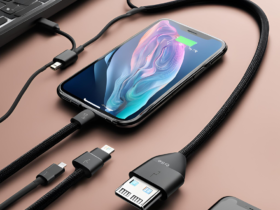


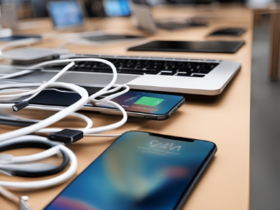
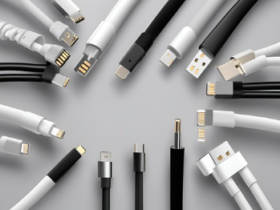
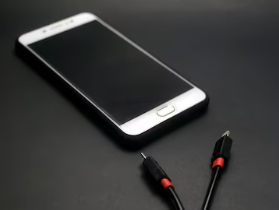
Leave a Reply